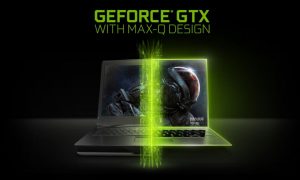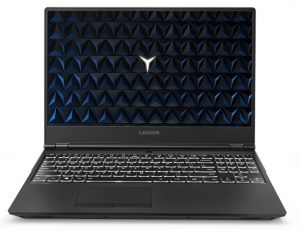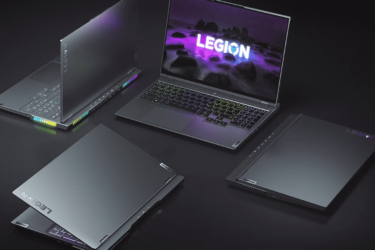NVIDIA GeForce GTX 1050 Ti Max-Q (4GB GDDR5) vs NVIDIA GeForce GTX 1050 Ti (4GB GDDR5) – convenience vs performance
It’s been a while since our last GPU comparison but because the GTX 1050 Ti Max-Q is just fresh out of the oven, we can’t wait any longer. Today we begin a series of comparative articles with the GPU in question, and the first opponent we have prepared is the NVIDIA GeForce GTX 1050 Ti (4GB GDDR5). For the purposes of juxtaposition, we are using the Dell XPS 15 (9570) which carries the Max-Q model and Lenovo Legion Y530 for the other graphics processor.
You can check out our Top Laptop Graphics Ranking to see these two graphics cards and many more.
Specs overview
 Starting with the similarities between the two products – they are both part of the same Pascal architecture and are built using a 14nm manufacturing process. Additionally, the two graphics cards boast 4GB of GDDR5 memory and have the same power consumption of 75 W. Last but not of least importance, these two devices share the same memory bus (128-bit) and memory bandwidth (112.1 GB/s).
Starting with the similarities between the two products – they are both part of the same Pascal architecture and are built using a 14nm manufacturing process. Additionally, the two graphics cards boast 4GB of GDDR5 memory and have the same power consumption of 75 W. Last but not of least importance, these two devices share the same memory bus (128-bit) and memory bandwidth (112.1 GB/s).
 And now, let us quickly consider the most notable differences. Well, as one might expect, the two designs have different speeds. Taking a look at the GTX 1050 Ti Max-Q iteration, we see a base frequency of 1290 MHz, and a max one of 1417 MHz. On the other hand, the GTX 1050 Ti model is a tad more powerful as its base speed is 1493 MHz, and its max one – 1620 MHz. All this, of course, is expected because the Max-Q card is meant to go in more compact devices and this design imposes certain restrictions which are well manifested in the regard in question.
And now, let us quickly consider the most notable differences. Well, as one might expect, the two designs have different speeds. Taking a look at the GTX 1050 Ti Max-Q iteration, we see a base frequency of 1290 MHz, and a max one of 1417 MHz. On the other hand, the GTX 1050 Ti model is a tad more powerful as its base speed is 1493 MHz, and its max one – 1620 MHz. All this, of course, is expected because the Max-Q card is meant to go in more compact devices and this design imposes certain restrictions which are well manifested in the regard in question.
Benchmarks
And now, the time has come for us to have a look at some raw benchmarks which are not always the most indicative of true to life performance but again, they help to establish a general idea. Having read the “Specs overview” part, one would rightfully assume that the GTX 1050 Ti takes the upper hand in the benchmark tests. Yes, this is so but we must note that the difference is rather small, and even in the last test (Unigine Superposition) the Max-Q chip surpasses its opponent.
Resultaten är från 3DMark: Fire Strike (Graphics) benchmark (högre poäng, desto bättre)
Resultaten är från Unigine Superposition benchmark (ju högre poäng desto bättre).
Conclusion
And so, it is obvious that the GTX 1050 Ti is a tad faster than the Max-Q version but the difference is negligible, considering the convenience that a Max-Q powered laptop offers. Our advice is this – if you really need that extra performance, go for the 1050 Ti, but if this is not of utmost importance, then the Max-Q is the way to go.
All laptops equipped with the NVIDIA GeForce GTX 1050 Ti Max-Q (4GB GDDR5)
All laptops equipped with the NVIDIA GeForce GTX 1050 Ti (4GB GDDR5)















